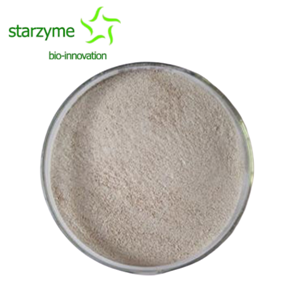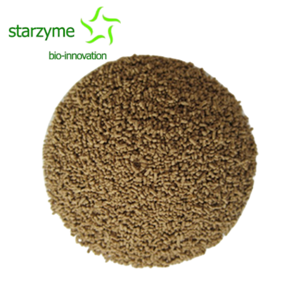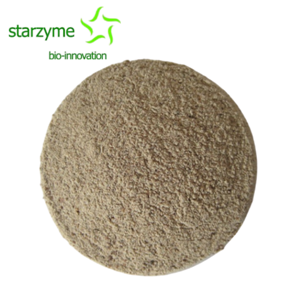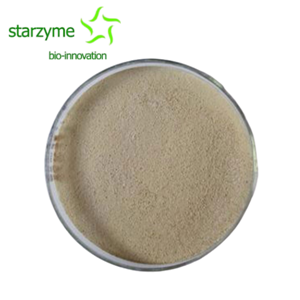The latest efficient pig raising method how to scientifically use enzyme preparations
How to use enzyme preparations scientifically
1. Main functions of enzyme preparations
1. Improve the conversion and utilization of nutrients in feed. It is impossible for pigs to digest and utilize the nutrients in the feed without the participation of enzyme preparations. The protein in the feed needs to be decomposed into amino acids by protease and peptidase. Starch and cellulose need to be decomposed and converted into glucose by amylase and cellulase before they can be absorbed and utilized by pigs. There are highly active amylases and proteases in the digestive tract of pigs, and intestinal microbes also contain highly active cellulase. However, when using plant-derived feeds such as bean cake (powder) with high phytic acid content, the pig’s digestive tract cannot secrete phytase that can decompose phytic acid, and the pig’s intestinal microbes secrete very little phytase. In order to decompose and transform phytic acid, an appropriate amount of phytase must be added to the pig feed to greatly improve the conversion and utilization of phosphorus in the feed.
2. Reduce environmental pollution. If enzyme preparations can be used scientifically when raising pigs, it can significantly improve the decomposition, transformation, digestion and utilization of protein, starch, cellulose, etc., improve pig production performance, and reduce the excretion of nitrogen and organic matter, and reduce environmental pollution. Appropriate addition of phytase in the feed can greatly reduce the amount of inorganic phosphorus added in the feed, thereby reducing the discharge of mineral elements such as phosphorus, copper, and zinc, which is beneficial to control the eutrophication of the environment. Adding appropriate amounts of xylanase, glucosidase, etc. to plant-based pig diets can improve the utilization of nutrients in the feed, reduce the excretion of feces and nutrients, and significantly reduce environmental pressure.
3. Eliminate the harmful effects of anti-nutrients in the feed. The seeds of wheat crops contain high water-soluble non-starch polysaccharides, which will reduce the conversion, digestion and utilization of nutrients in the feed, increase the excretion of pig manure, make pollution control more difficult, and the odor of the pig house. increase. Adding non-starch polysaccharidase enzyme preparations such as glucosidase and xylanase to the seed feed of wheat crops can increase the conversion efficiency of feed and the weight of pigs, reduce the excretion of feces, and reduce its pollution to the environment.
For details, please click Enzyme For Piglet Feeds




